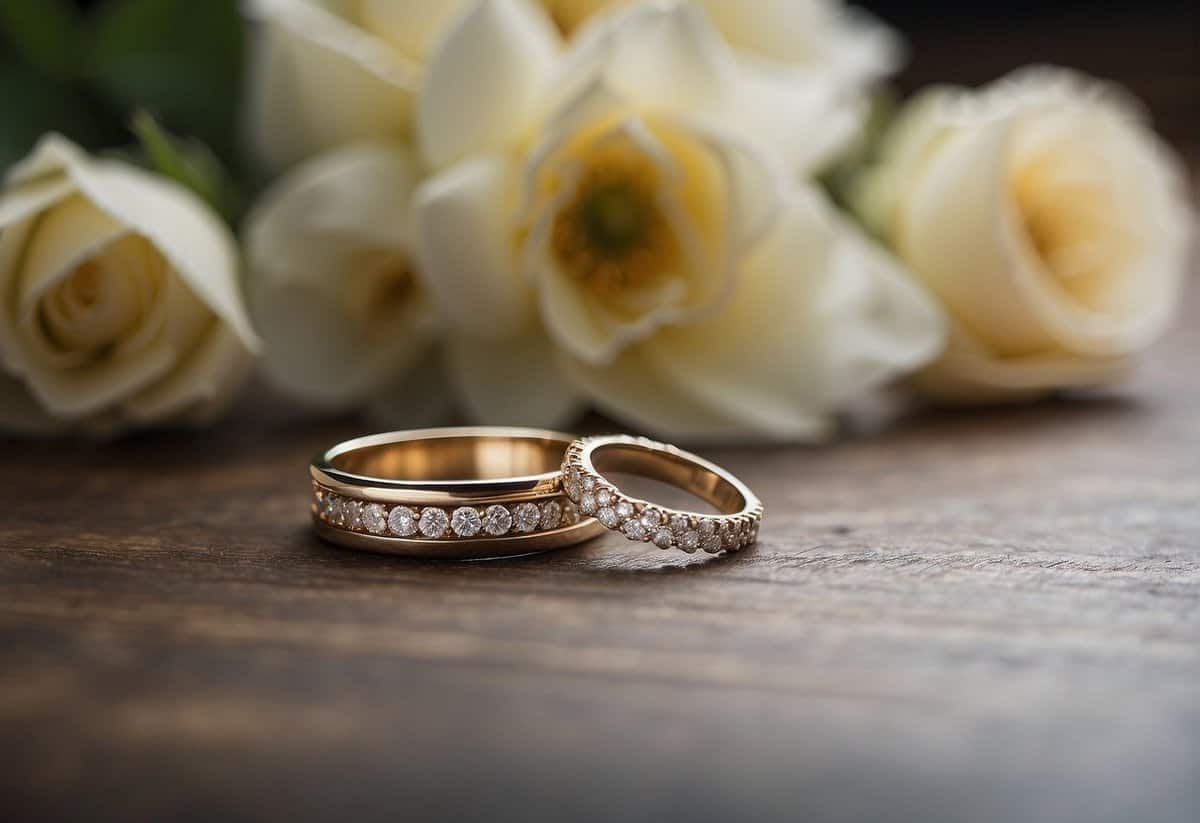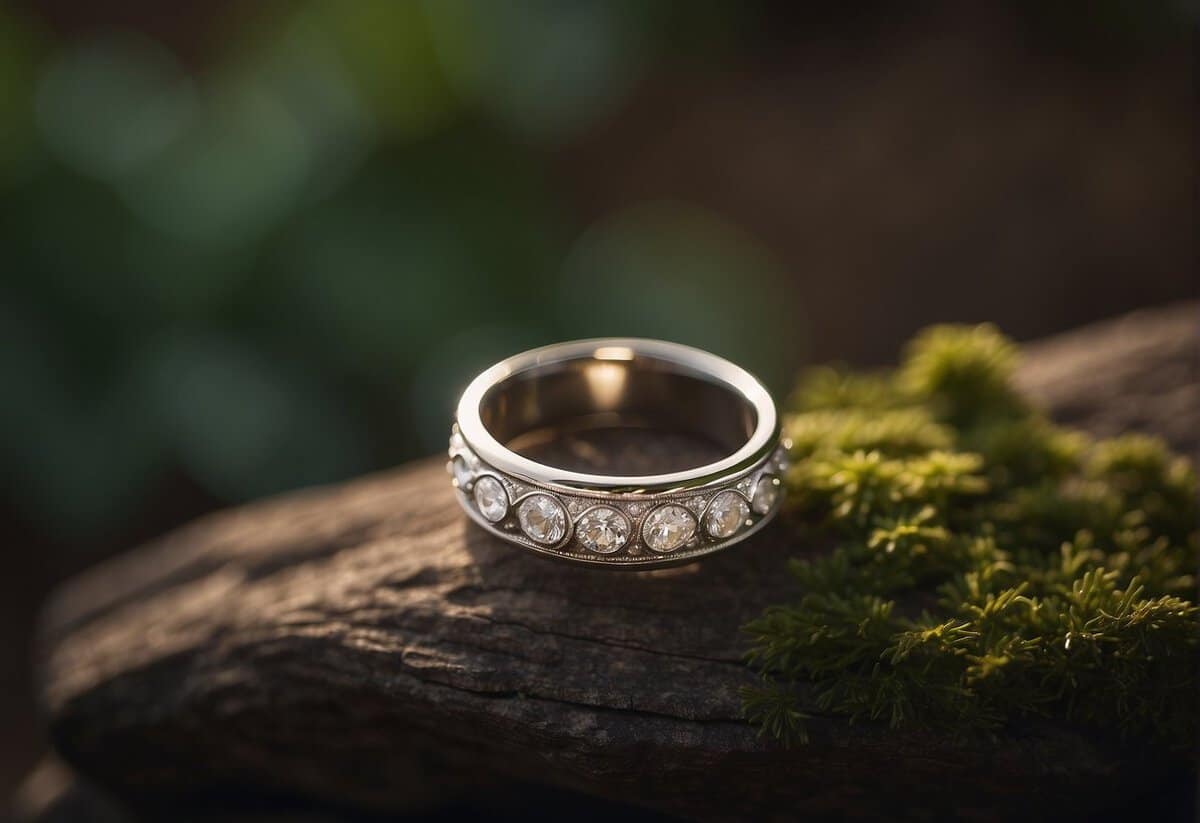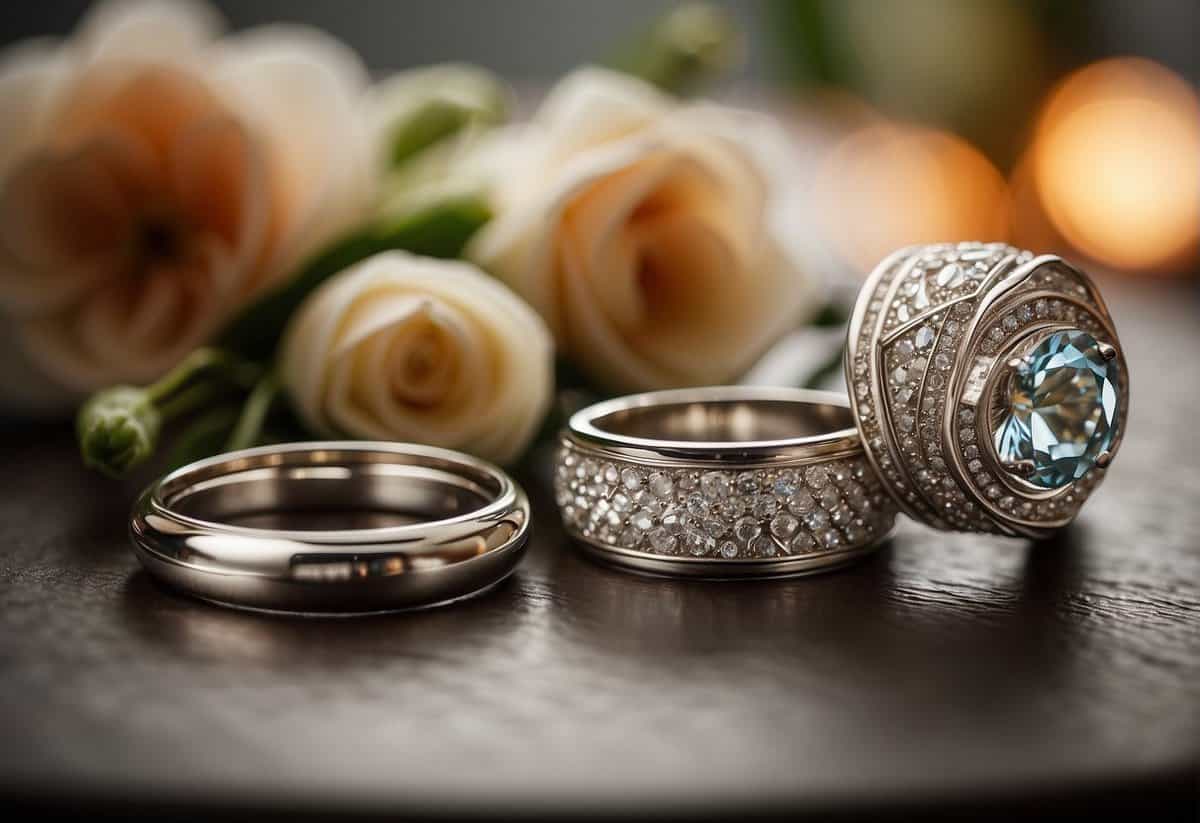Who Wears a Wedding Ring on the Right Hand? Understanding the Tradition and Significance
Wearing a wedding ring on the right hand is a practice that differs significantly around the globe, influenced by cultural, religious, and personal beliefs. For many, the left hand remains the traditional choice due to the age-old belief that a vein runs directly from the fourth finger on the left hand to the heart. However, in some cultures and countries, the right hand serves as the symbol of marital commitment. The decision can also reflect personal significance, mirroring one’s life experiences or philosophies related to marriage and partnership.

The placement of a wedding ring may carry rich cultural significance or simply be a matter of regional tradition. For instance, in some Eastern European nations, it’s customary to wear the wedding band on the right hand. Alternatively, wearing the ring on the right could signify a profession or family heritage. The design and materials used in wedding rings can also hold profound meaning, with different metals and stones symbolizing various aspects of a relationship.
Key Takeaways
- Wedding ring customs vary globally, influenced by contrasting cultural and personal beliefs.
- The hand on which a wedding ring is worn can signify cultural identity, personal choice, or family tradition.
- The design and material of a wedding ring often embody elements of one’s commitment and partnership.
Cultural Significance of Wedding Rings

Wedding rings are much more than simple pieces of jewelry; they are rich with history and carry deep cultural significance. Depending on where you are in the world, the traditions associated with these rings can vary greatly, representing love, trust, and unity in a marriage.
Traditions Around the World
In many Western countries, you’ll find that wedding rings are typically worn on the left hand. This tradition stems from the belief that a vein in the left ring finger, known as the “vein of love,” is directly connected to the heart. However, not all cultures follow this practice. For instance, in countries like Russia, Ukraine, and Greece, wedding rings are normally adorned on the right hand. This is influenced by Orthodox Christian traditions and is a part of their cultural heritage.
- Germany and Norway: Similar to Eastern European countries, it’s common for couples to wear their wedding rings on the right hand.
- India: Traditionally, women wear their wedding rings on the right hand due to the right’s association with strength and authority.
Symbolism of Rings in Relationships
The ring itself has a powerful symbolism in relationships. It’s a circle, which has no beginning or end, representing the endless nature of love and the lifelong commitment you make to your spouse. The material of the ring, usually a precious metal, stands for the durability and continuity of the relationship.
- Unity: The unbroken circle of the ring is also a symbol of unity and wholeness.
- Trust: Offering a ring to your partner can be seen as a symbol of your trust and fidelity.
Each culture imbues wedding rings with its own values and beliefs. Whether you’re honoring your cultural heritage or forging your own path, understanding these traditions can deepen the symbolic meaning of your wedding band.
Ring Placement and Meaning

Choosing which hand to wear your wedding ring on can be a reflection of personal significance, cultural practice, or historic symbolism. Let’s explore the nuances that inform this choice.
Right Hand Versus Left Hand
The tradition of wearing a wedding ring varies by culture; some choose the right hand, others the left. For instance, in countries like Russia, Poland, and Spain, it’s common to wear the wedding band on the right hand. The choice between the two can denote many things, from cultural differences to the individual’s dominant hand.
- Right Hand: Often associated with strength and authority.
- Left Hand: Traditionally linked with romance and sentimentality, especially in Western cultures.
The hand you choose to wear your ring on can communicate subtle details about your identity and values.
Historical Practices
The ancient Romans introduced the idea of wearing a wedding ring on the fourth finger of the left hand, ostensibly due to the belief in the “vena amoris” or vein of love—a vein that supposedly ran directly to the heart. Although this concept has been debunked, the tradition has endured in many Western societies.
- Ancient Egypt: They also believed in the vein’s connection to the heart, starting the custom that spread to Ancient Rome.
- Greece: Similar traditions to Rome, adopting the vein of love concept.
In some cultures, the placement of the ring on the right hand is a significant rite, steeped in history and symbolism that persists to this day.
Personal and Regional Variations

As you explore the customs surrounding wedding rings, you’ll find that the choice of hand for the wedding band is influenced by various personal and regional factors. Whether it’s a reflection of individual style or adherence to a cultural norm, this practice is anything but uniform worldwide.
Personal Preference and Style
Your personal preference plays a significant role in the decision to wear your wedding ring on the right hand. Some of you may choose to wear the wedding ring on the right hand as an expression of your unique style or because it feels more comfortable, especially if you are left-handed and find it impractical to wear rings on your dominant hand.
Geographical Influences
In many parts of Europe, including countries like Germany, Austria, and Easterly nations like Bulgaria, Serbia, and Ukraine, the tradition is to wear wedding rings on the right hand. This regional practice is deeply rooted and continues to be commonly observed. The same goes for Norway and Denmark, where you’ll typically find rings adorning the right hand of married individuals. In contrast, some countries showcase regional differences within themselves; for example, in Belgium, the preference can change based on the region, with some opting for the right hand while others stick to the left. The same is true for Portugal, where legal and religious weddings may result in rings on different hands.
In countries like India, the right hand is often more prominent because of cultural and religious reasons, which can also extend to how jewelry like wedding rings are worn. Though not typically a tradition in India to wear wedding rings, if they are worn, they are generally seen on the right hand.
Material and Design Elements

When selecting your wedding ring or wedding band, you have a plethora of material options that represent love and commitment. Most commonly, metals like gold, platinum, and silver are top picks; they are durable, traditional, and can be crafted into a variety of ring styles.
- Gold: A classic choice for wedding rings, available in yellow, white, or rose tones. Gold is malleable yet durable, suitable for everyday wear.
- Platinum: Known for its strength, it is more durable than gold and maintains its shine without tarnishing.
- Silver: While more affordable, silver is prone to oxidation, leading to tarnish over time. Hence, it may require more maintenance.
Historically, various cultures used different materials to symbolize union, such as iron in ancient Rome, representing the strength of the bond, or reed and stone in other civilizations, each with its symbolic significance.
Your ring style can be as unique as your relationship—engagement rings often feature gemstones like diamonds, while wedding bands might be simple and unadorned or ornately engraved. The design elements reflect personal aesthetics and cultural traditions.
| Metals | Pros | Cons |
|---|---|---|
| Gold | Timeless, malleable | Requires regular polishing |
| Platinum | Durable, tarnish-resistant | More expensive |
| Silver | Affordable, versatile designs | Tarnishes, needs maintenance |
Remember, your choice should align with your personal taste, daily routine, and any cultural practices that influence the decision to wear your wedding ring on the right hand.
Frequently Asked Questions

In this section, we address some common inquiries about the implications and traditions surrounding the wearing of a wedding ring on the right hand.
What significance does wearing a wedding ring on the right hand have for men?
For men, wearing a wedding ring on the right hand can symbolize marital status or affiliation with certain cultures or religions. In some places, this practice can reflect a break from traditional Western norms.
Is there a cultural or religious reason why some women wear their wedding ring on the right hand?
Yes, in certain cultures and religious traditions, women wear their wedding rings on the right hand. This custom is rooted in the belief that the right hand represents strength and reliability.
In which cultures do people typically wear their wedding ring on the right hand?
Cultures like Eastern European and some Orthodox Christian communities typically have the tradition of wearing wedding rings on the right hand. It is linked to the hand’s association with oaths and vows.
Does wearing a wedding ring on the right hand convey a different meaning than the left for women?
Yes, for women, wearing a wedding ring on the right hand can convey different meanings. This choice could be indicative of personal belief systems, cultural traditions, or simply be a statement of style.
Can you explain the tradition behind men wearing wedding rings on their right hands?
The tradition of men wearing wedding rings on their right hands stems from various customs, often influenced by regional or religious practices. For some, it can be a practical choice, especially for left-handed individuals.
What does it indicate when someone chooses to wear their wedding ring on their right ring finger?
When someone opts to wear their wedding ring on their right ring finger, it can indicate a personal preference or be a nod to their cultural heritage. For others, it may represent financial independence or an alternative lifestyle choice.
